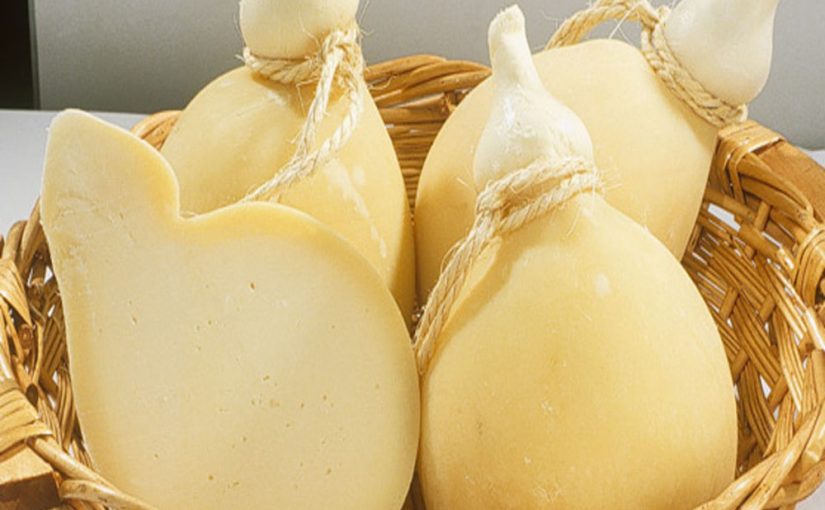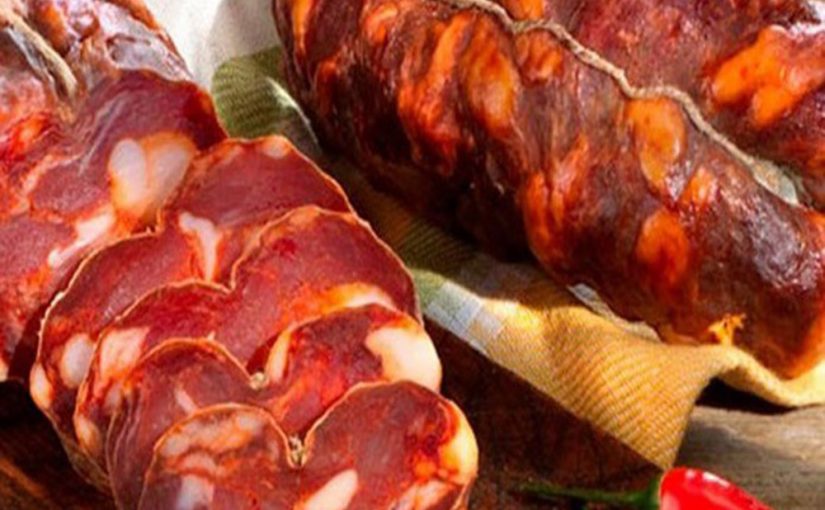19.02.2018
This cheese is a type of stretched-curd cheese made out of sheep’s or cow’s milk. It is made with cow’s milk in designated areas of Southern Italy, in the regions of Basilicata, Calabria, Campania, Molise and Puglia and gained protected geographical status, since 1993.
Many different types of caciocavallo exist in Italy and several are recognized as P.A.T. (“Prodotto agroalimentare tradizionale”, traditional regional food product), for example Caciocavallo podolico or Caciocavallo di Godrano, but only Caciocavallo Silano has the better Protected geographical status (PDO).
While it is generally produced throughout Southern Italy, over the wide area of Apennine Mountains and of the Gargano peninsula, only in Calabria it is shaped like a tear-drop, very similar in taste to the aged Southern Italian Provolone cheese, with a hard edible rind.
The origins of the Italian name of caciocavallo are literally in the expression “horse cheese”, but it is thought that the name derives from Latin “cascabellus” with the meaning of “sleigh bell” for its shape of a hanging ball.
Caciocavallo was first mentioned around 500 BC by Hippocrates.


